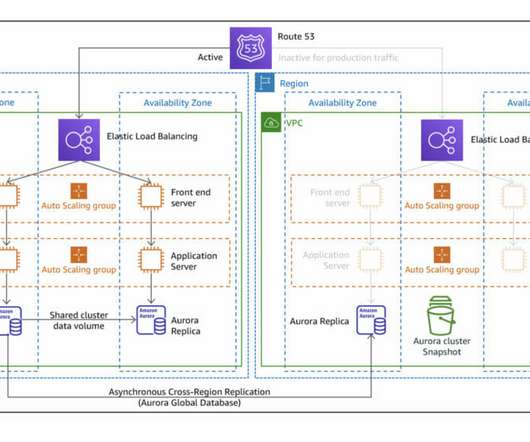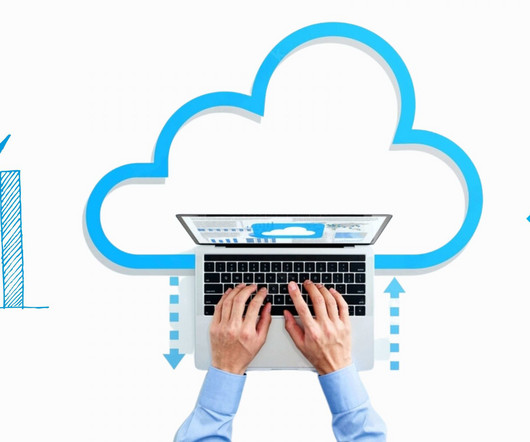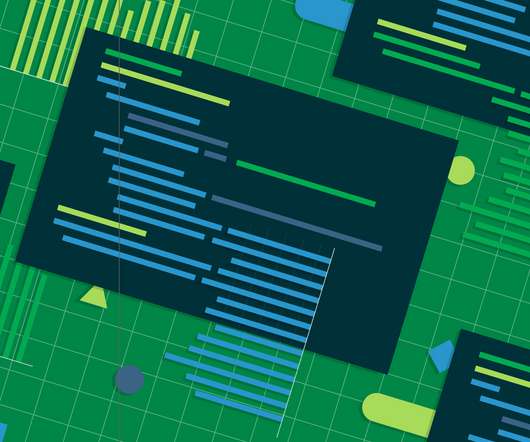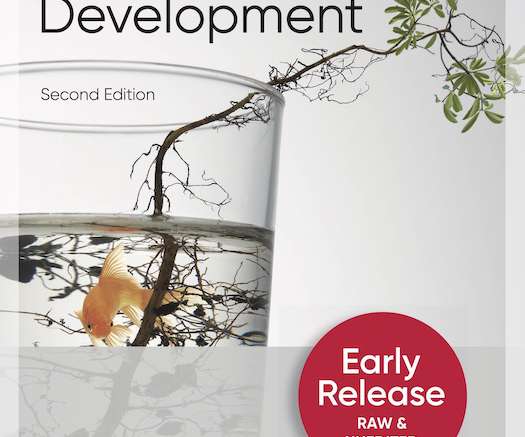AWS Disaster Recovery Strategies – PoC with Terraform
Xebia
DECEMBER 21, 2022
Regional failures are different from service disruptions in specific AZs , where a set of data centers physically close between them may suffer unexpected outages due to technical issues, human actions, or natural disasters. Examples are VPCs, subnets, gateways, load balancers, auto-scaling groups, and EC2 templates.


















Let's personalize your content